What Makes Bend, Oregon Tick?
Boss Rambler Beer Club (a beer company)
Bend, Oregon is a unique place among so-called good beer cities. It has some peers in terms of breweries per capita and even the number of great breweries. At this point, many small cities have robust brewing scenes. But the numbers of local breweries don’t tell you anything about the culture of a city and how central beer really is to the people living there. And on this score Bend is peerless.
One of the major distinctions among Bend (pop. 98,000) and other small cities like Boulder (pop. 107,000), Missoula (pop. 73,000), or Asheville (pop. 92,000) is the sheer amount of beer it produces. Much of this is driven by Deschutes, the state’s largest brewery, but hardly all. Six of the state’s top 20 largest breweries are from Bend, and they collectively make a third of all Oregon-made beer consumed in Oregon.
10 Barrel Brewing. Owned by AB InBev now, but founded in Bend.
Beer is big business in Bend, and locals know it. When we were sitting in the Thump coffee shop last Wednesday, a group of elderly men were discussing the impact of beer at the table next to us. Beer is, to Bend residents, what airplanes are to Seattle and athletic shoes are to Portland. It transcends the people it touches directly; in suffuses the place.
That saturation has a profound effect on the culture of Bend, which must have more pubs per capita than any city I’ve visited. This is remarkable given how many breweries there are. (Two dozen, roughly, depending on how you count.) We stayed at an AirBnb that included an empty growler as a part of the featured amenities. No doubt there are more places to fill it than any city of comparable size—and maybe as many places as Portland. From gas stations to grocery stores, you can find draft beer everywhere, and someone drinking it there.
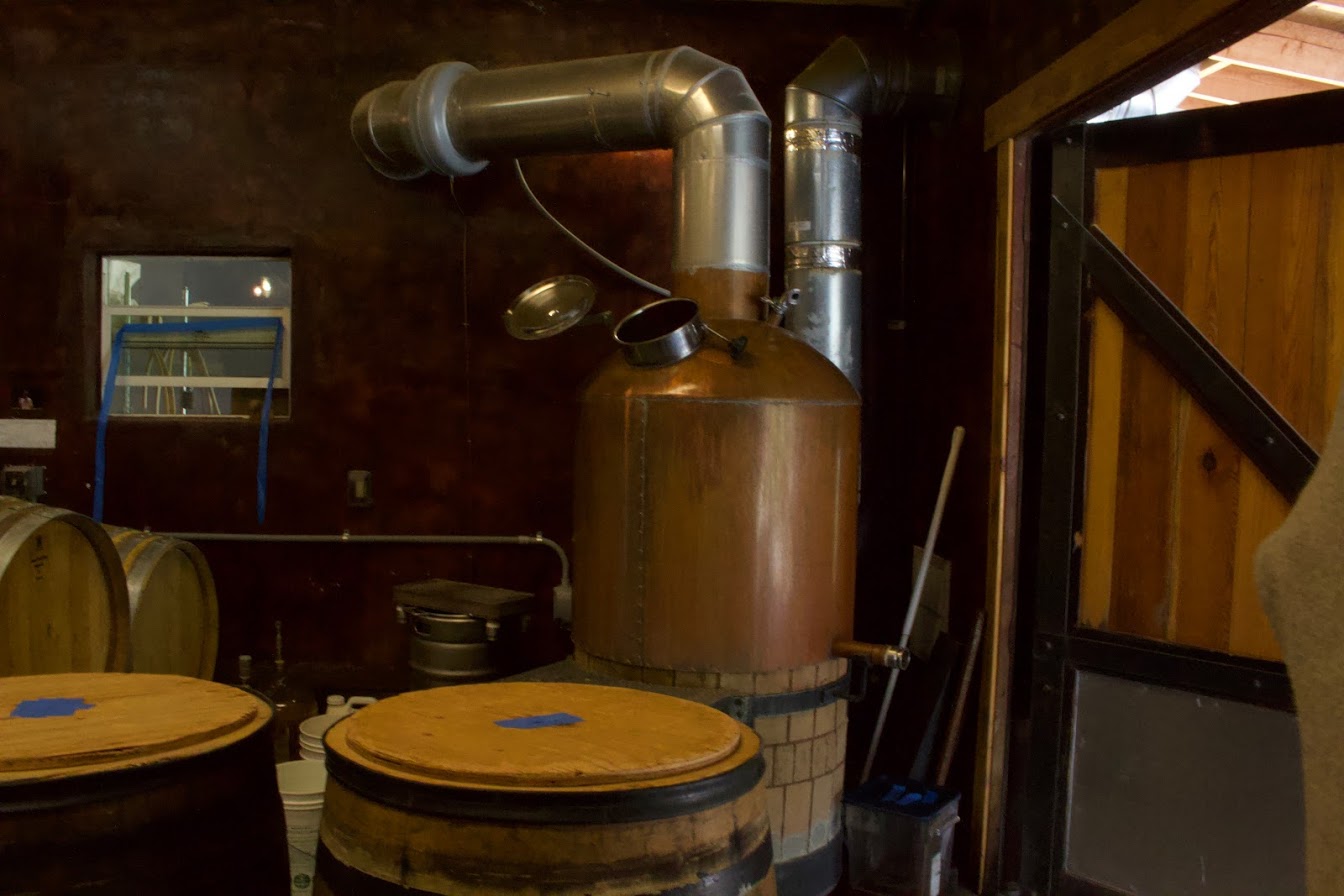
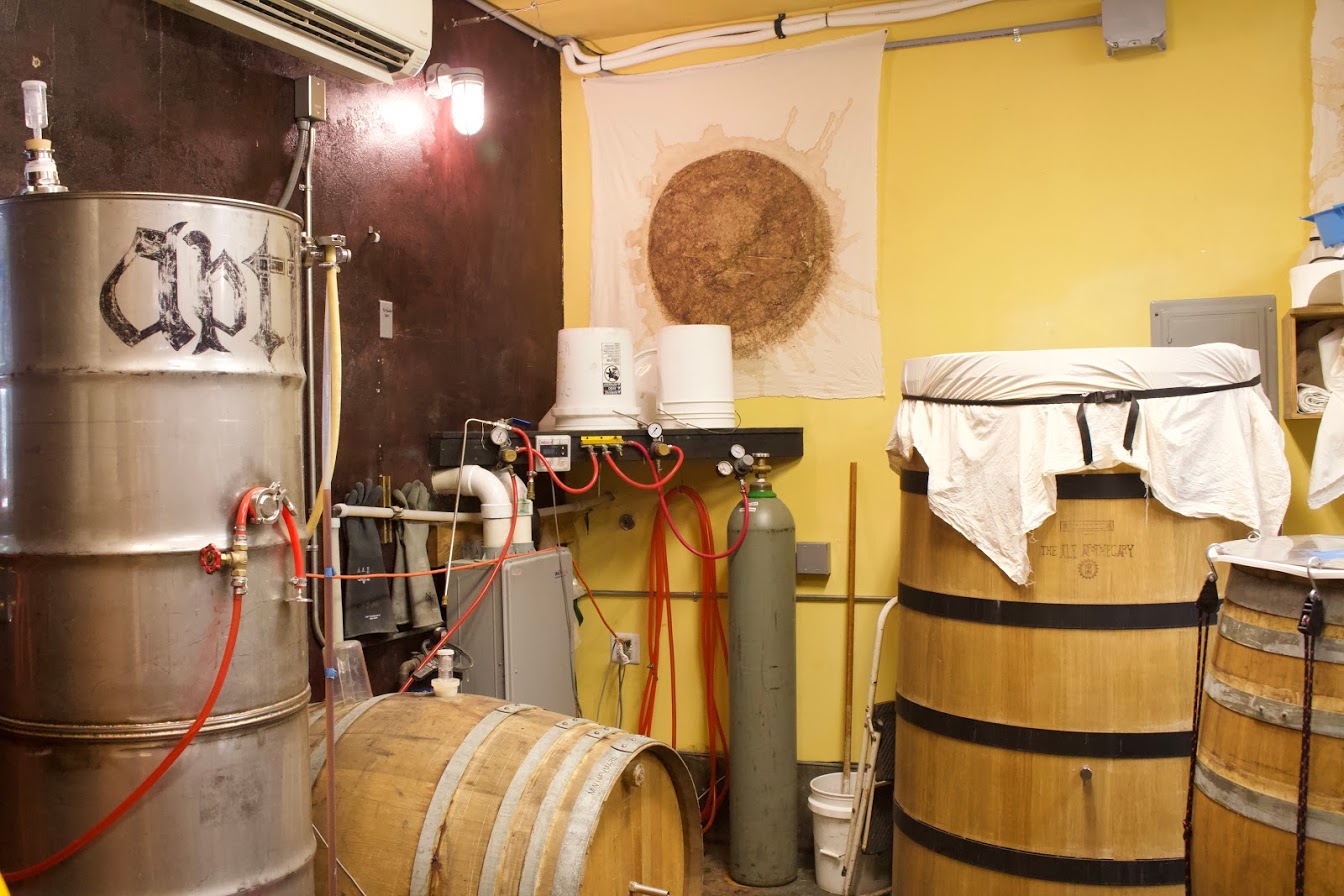
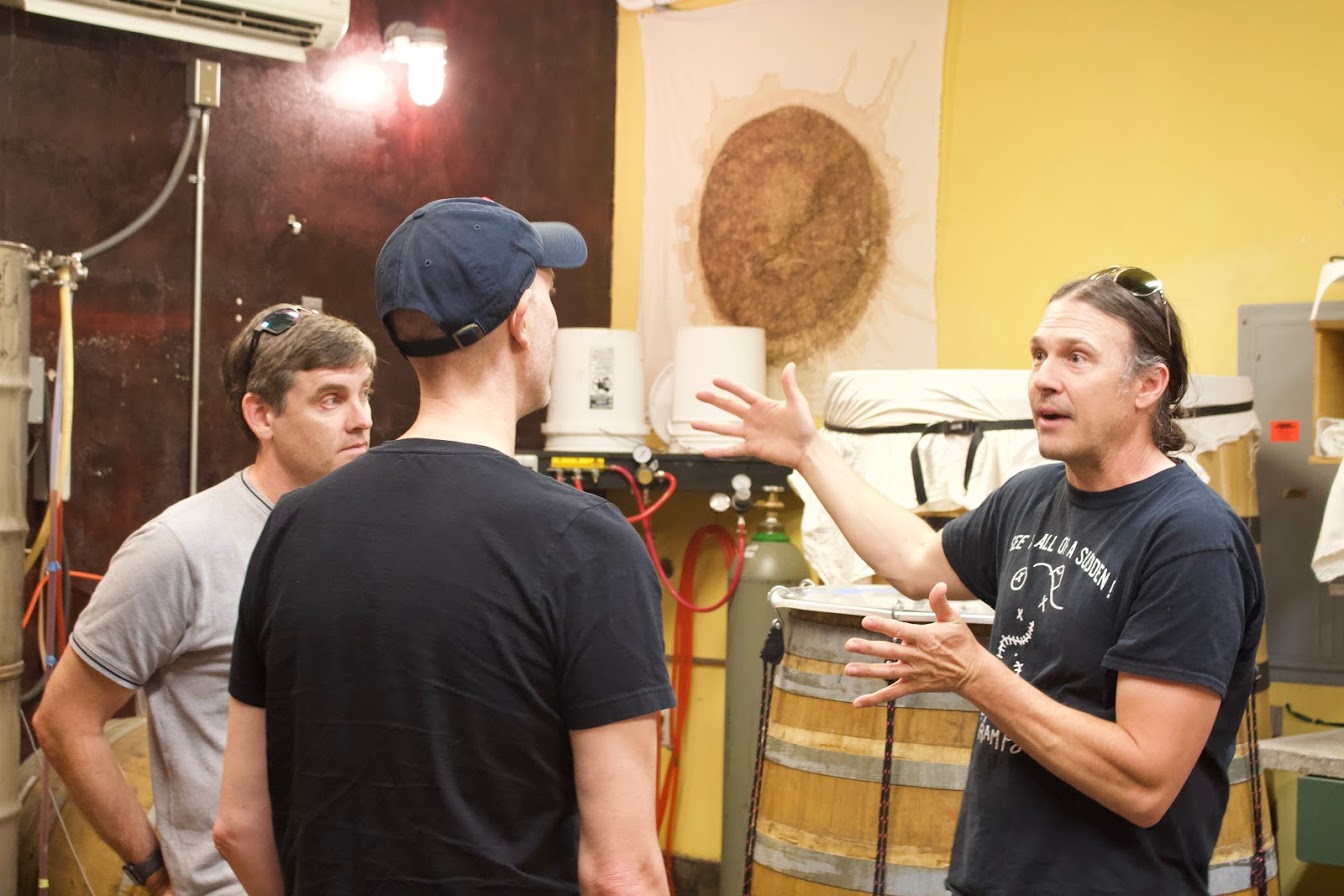
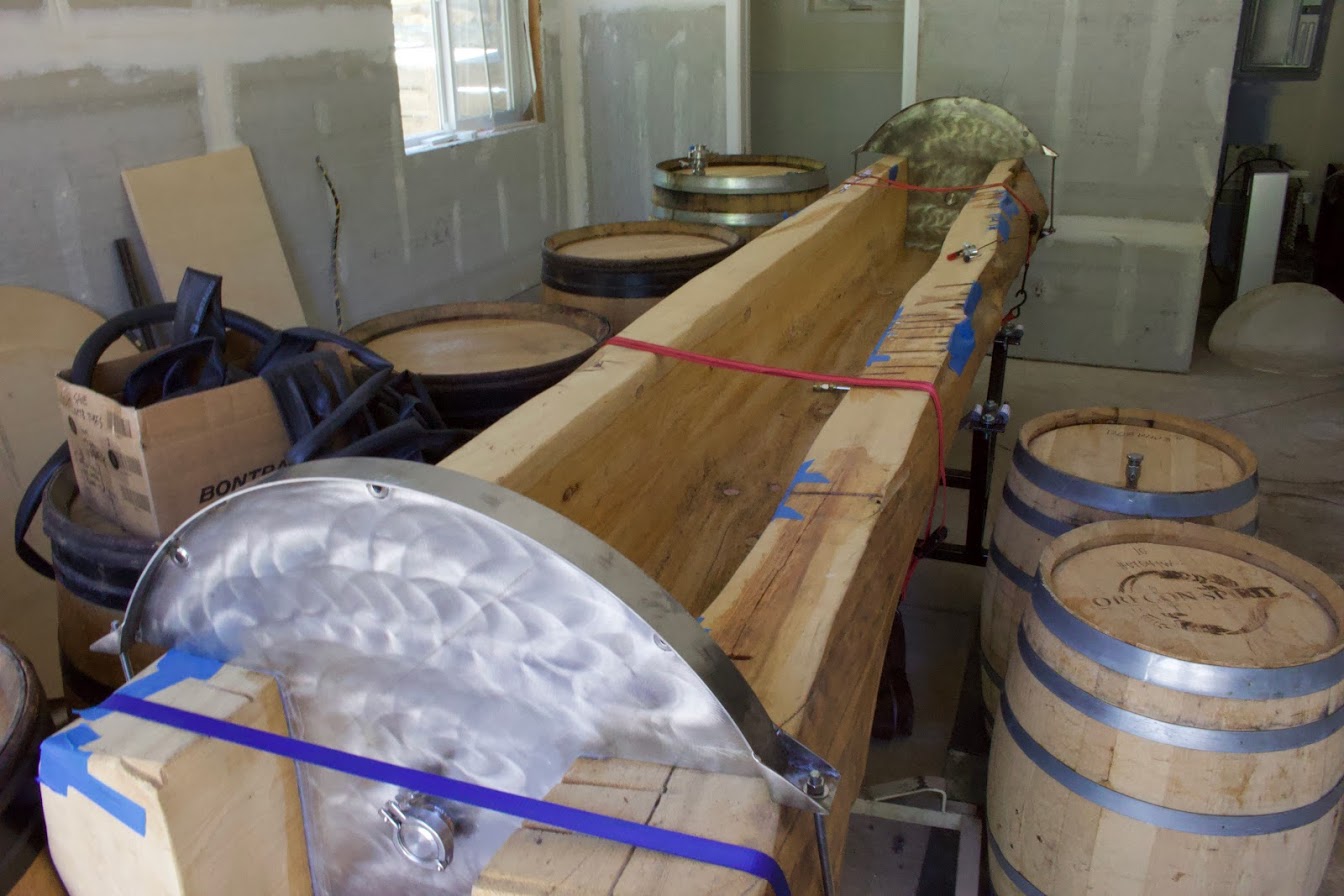
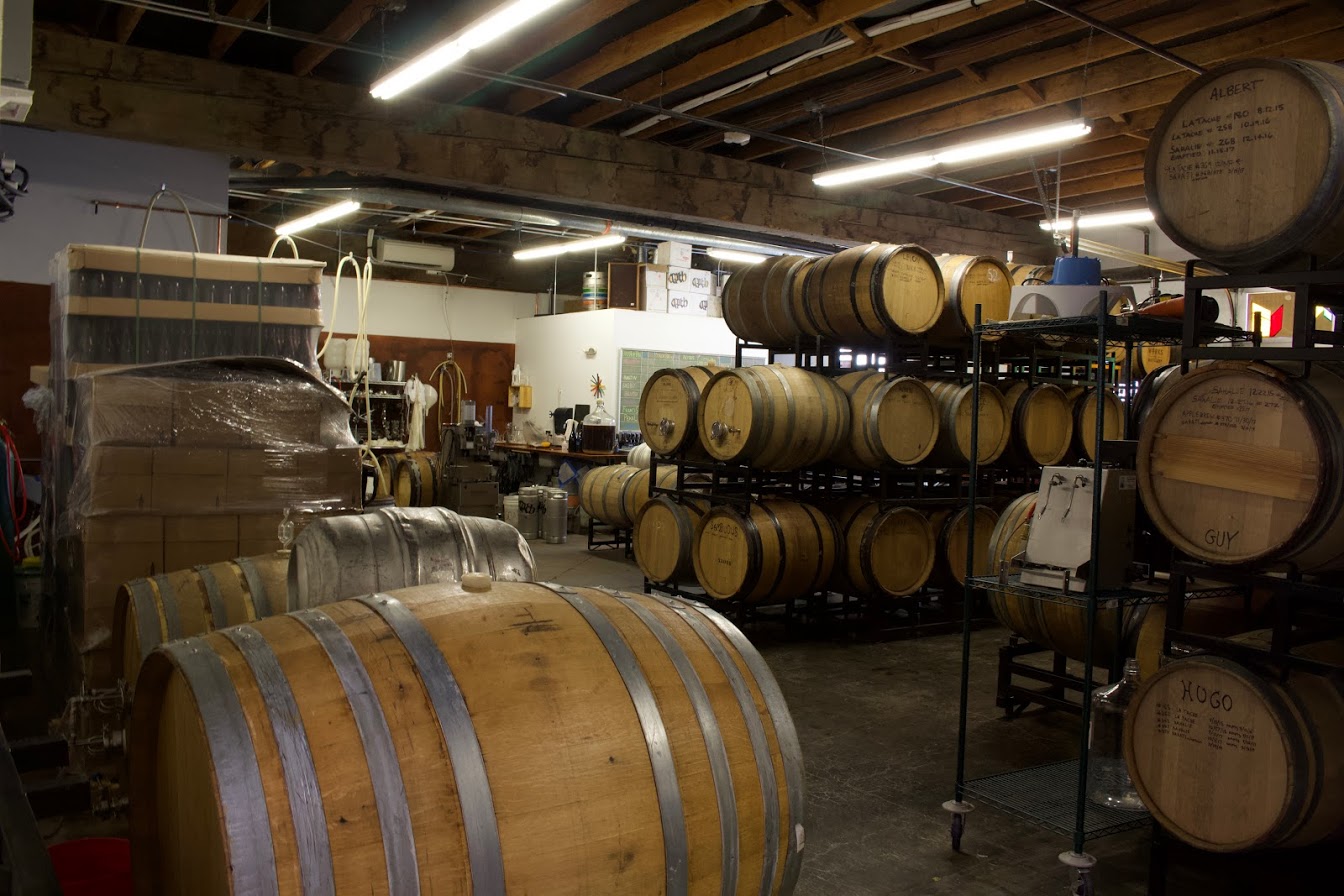
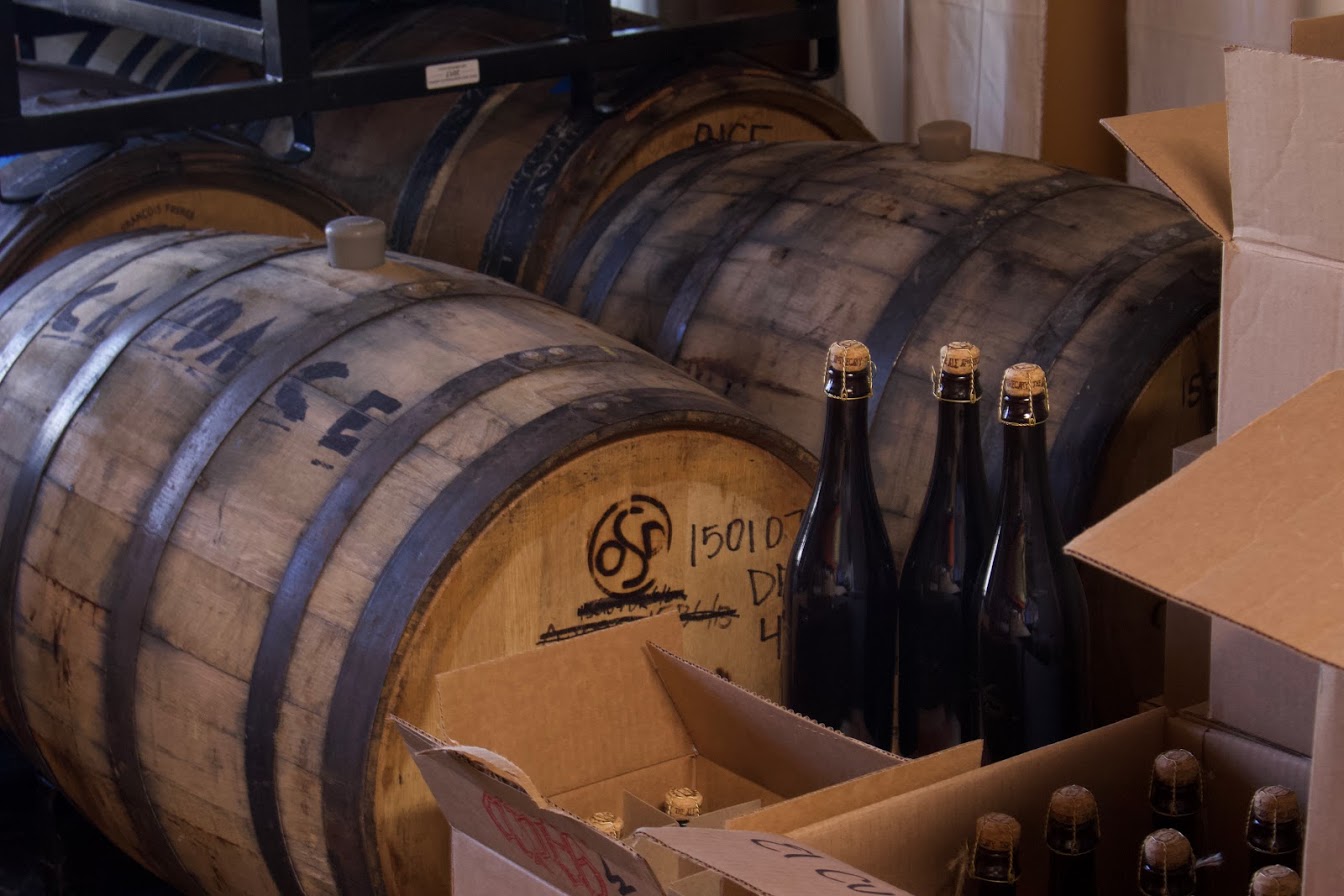
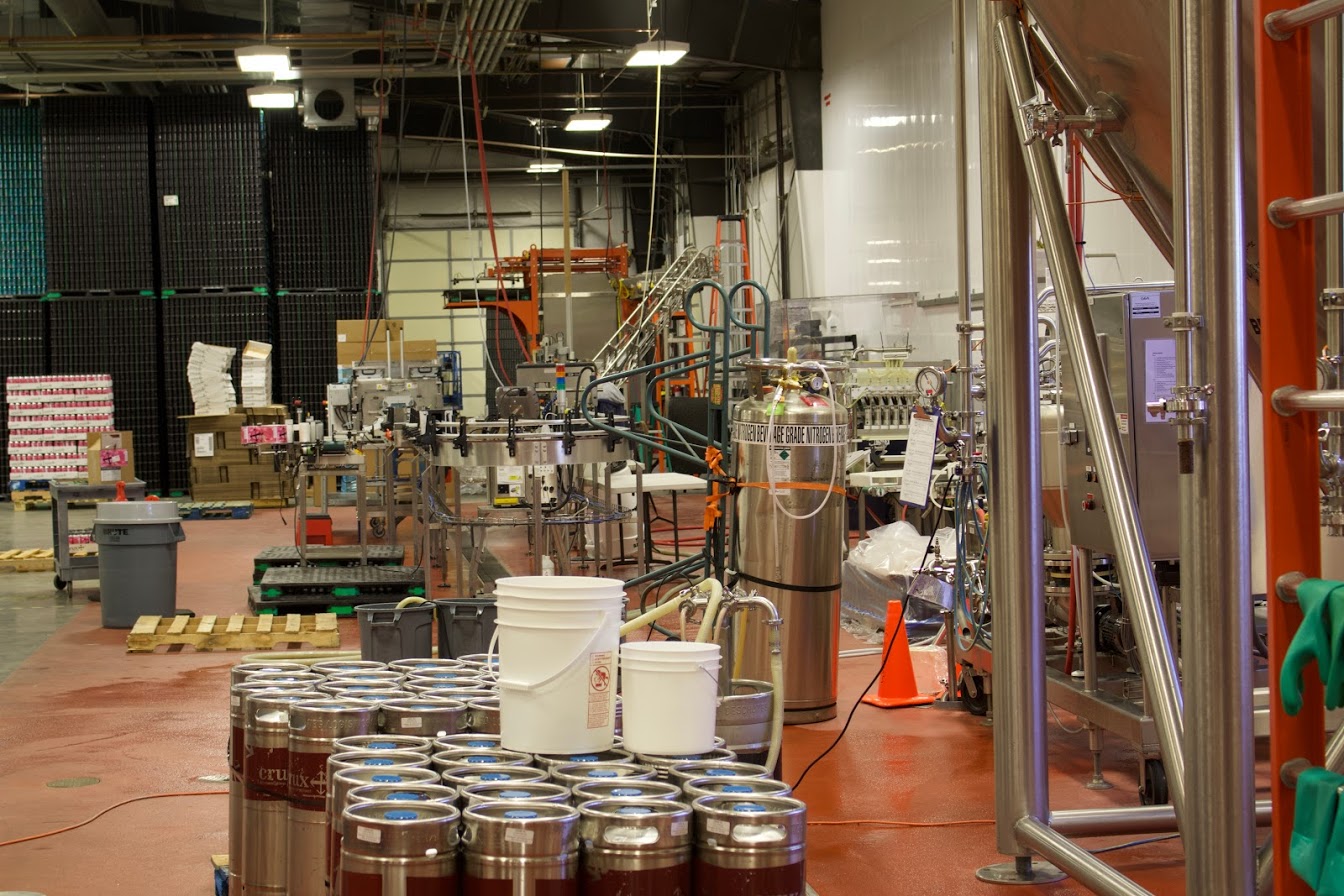
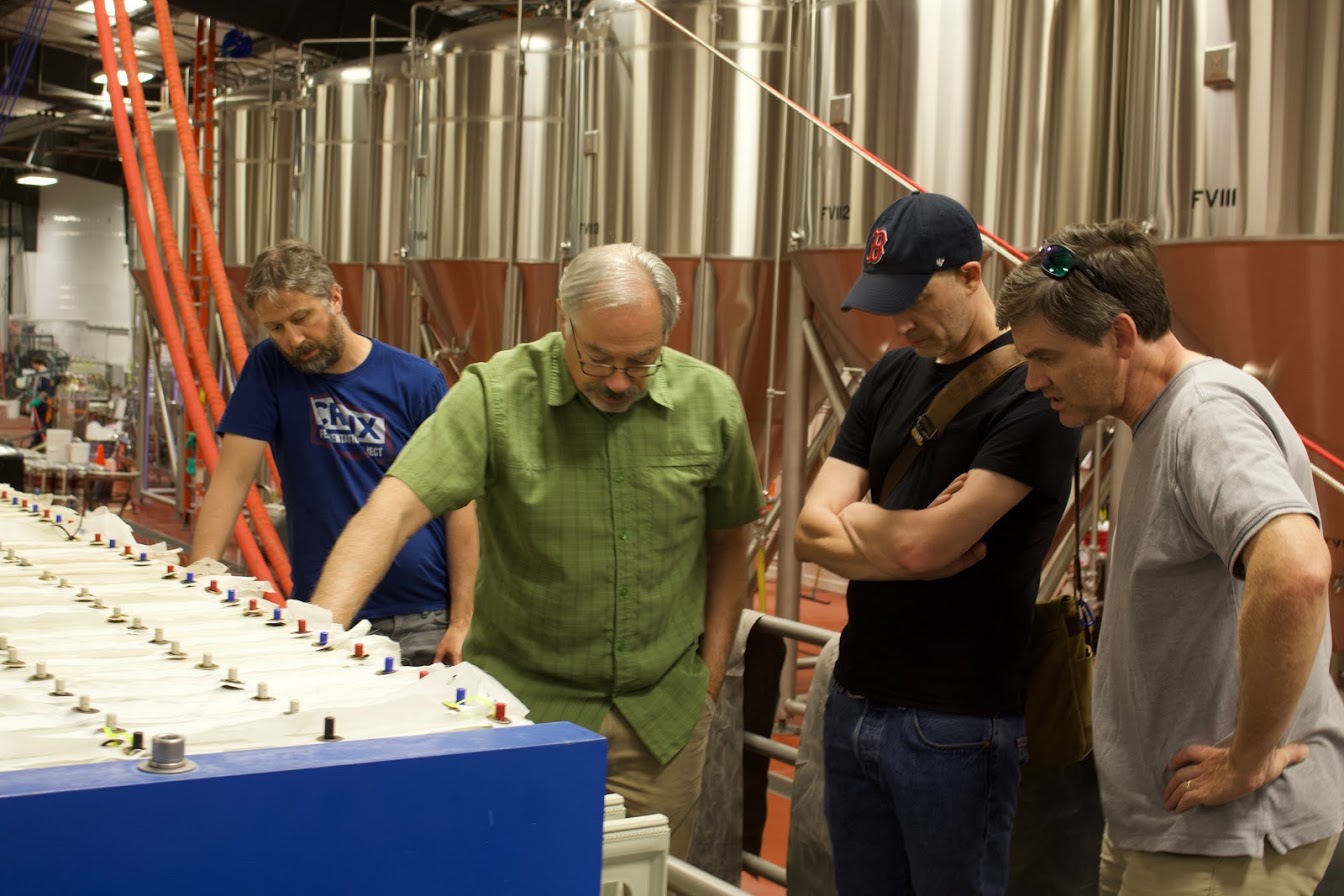
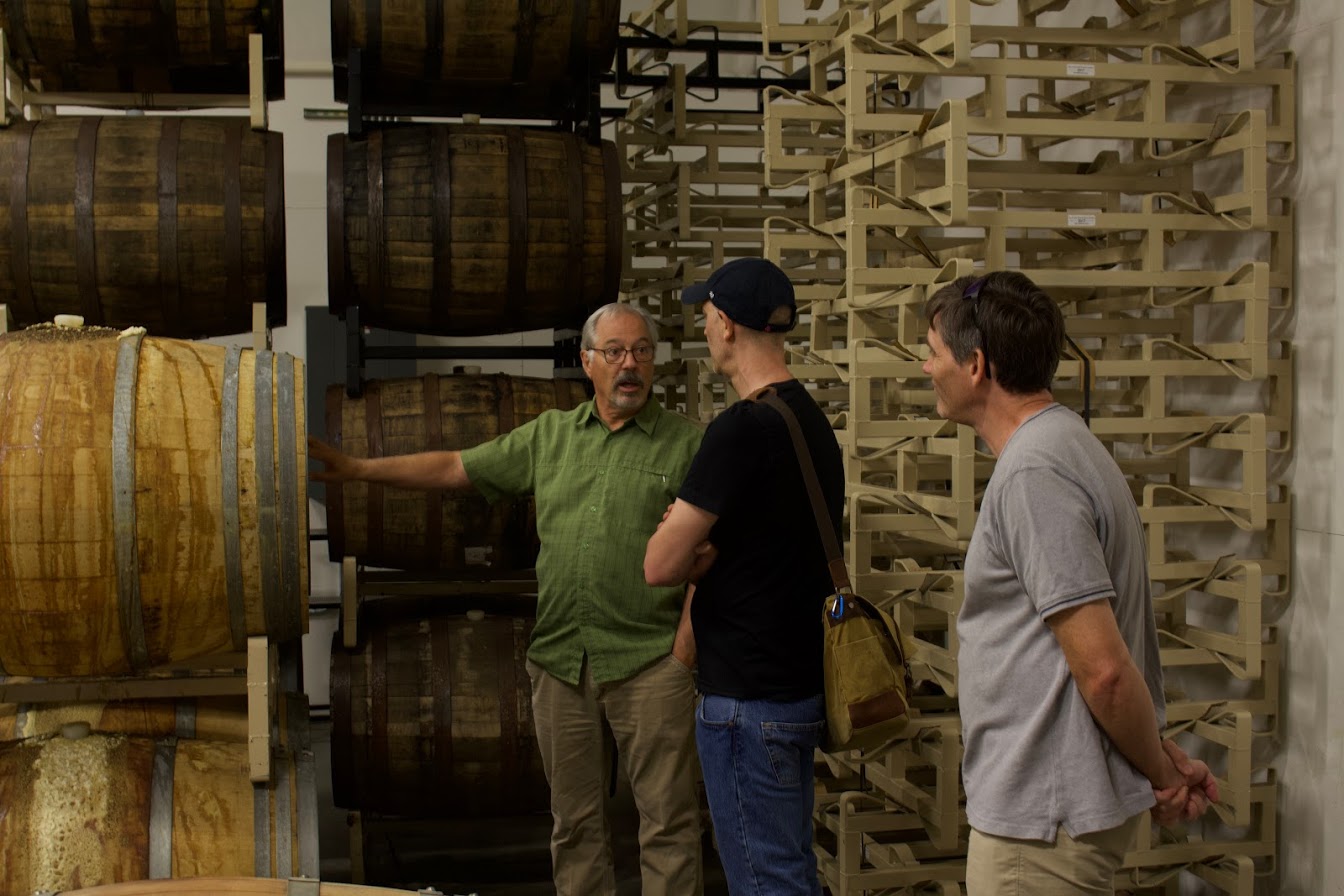
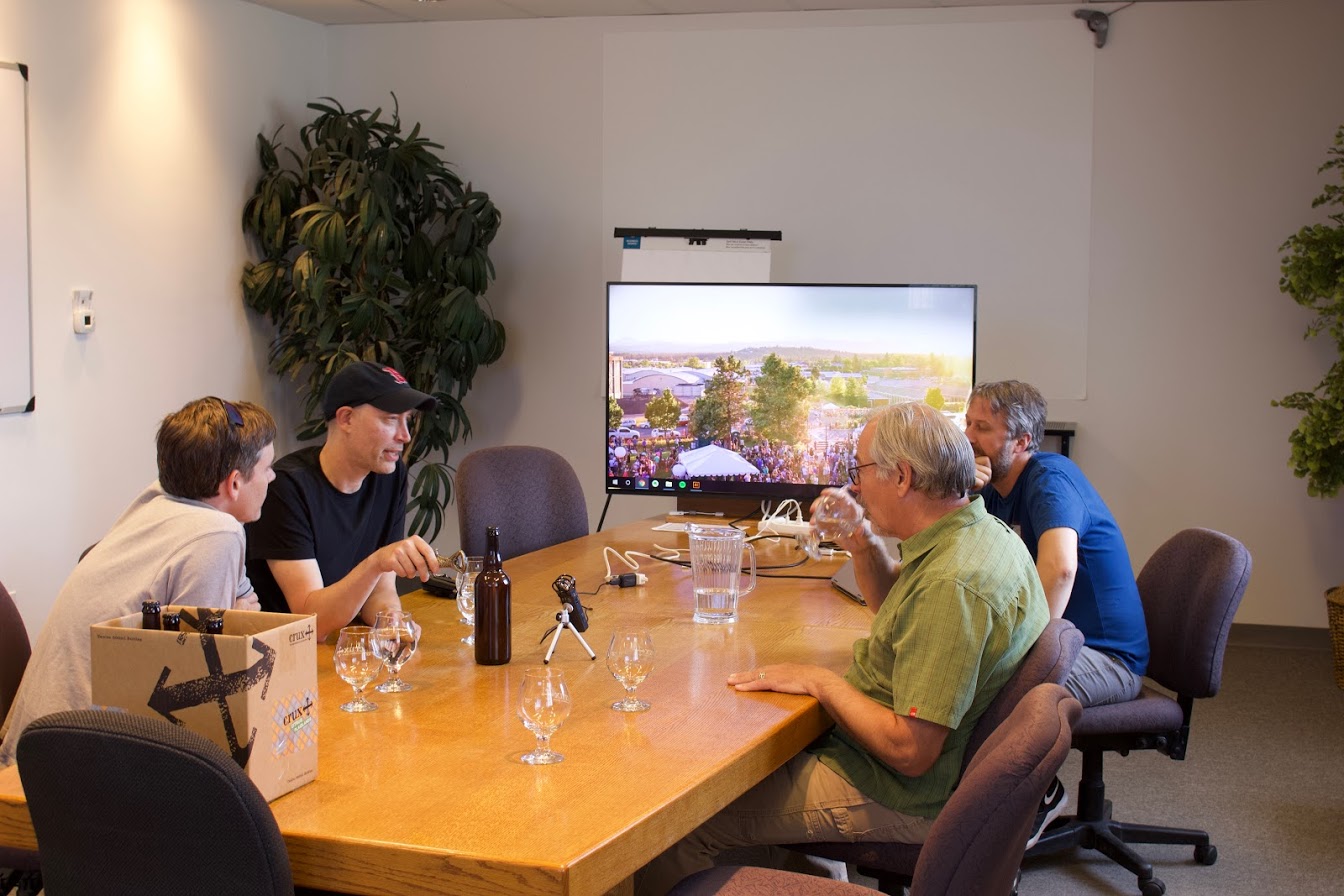
Est. 1988
The taproot of everything beery is located in a modest building on Bond Street in downtown Bend. That’s where Gary Fish established the first brewery in town—Deschutes—a brewpub with little aspiration other than survival. It more than survived, of course, and became one of the nation’s biggest breweries. But what it also did was serve as a training ground for loads of brewers who would go on to found their own companies—many of them right there in Bend.
When I was setting up interviews for the podcast, I chose a diversity of folks I thought would be interesting, and only later realized that all three were Deschutes alumni. Paul Arney makes incredibly artisanal traditional beers at Ale Apothecary; Larry Sidor makes a broad range, but has a pilsner as his flagship at Crux; and Tony Lawrence went on to create the state’s most-popular and enduring draft IPA with Boneyard RPM.
None of them wanted to replicate what they were doing at Deschutes, which is now a large production brewery at which an astonishing hundred million 12-ounce bottles are made each year. But working at a brewery like that was hugely valuable in learning the skills needed to run a brewery as a business, with all the moving parts that entails. Brewers take that experience and roll it into their plans as they found new breweries. (And now we’re down to the third generation; Boss Rambler founders Matt and Kate Molletta are alumni of Crux and Boneyard.)
Bend itself deserves part of the credit as well. Despite the incredibly saturated brewing environment there, brewers keep planting their new breweries in Bend because they don’t want to leave. Bend sits at the feet of the Cascade Range, and no matter where you are in town, you can see one of the several snow-capped peaks that rise from it. Immediately to the west of the town is the Deschutes National Forest, a wooded playground that stretches for literally millions of acres. Bend is the sunniest town in the state (according to the tourism board), with great four-season sports nearby. People who fall in love find it hard to replace, and so they stay, and breweries get stacked on top of more breweries.
Porter Brewing in Redmond (just north of Bend)
The Rising Tide
Two facts about Bend form its central paradox. One is that locals have created a cultural expectation about what a brewery should be. In today’s podcast, you can hear our local informant, Jon Urch, discuss it. He moved to Bend a year and a half ago, and was surprised to discover a number of breweries offering “NW pale ales.” He actually texted me about this shortly after arriving: did I have any idea what this meant? I hadn’t. It’s a particular type of beer, he found, perhaps sparked by Deschutes Red Chair, with a thick malt base, assertive, piney hops, and a touch more alcohol than the regular pale. But breweries didn’t just make Northwest pales, they made similar slates across the board.
If you stop into one of the myriad taprooms and brewpubs, you’re likely to find that range of beers. Two or three IPAs (often none hazy), a couple pales, a wheat or two, a lager or two. Other British-derived, American-inflected beers may also be on the menu. Each brewery seems to also feature “something else”—a category of beer that falls outside these mainstream local flavors. Kettle-soured or barrel-aged beers, for example. But those are for the weirdos, and they apparently don’t sell much. People come for the standards.
Deschutes offers a case-in-point. Their Portland brewpub is typical for Portland. Twenty taps, half pouring typical Deschutes beers, and half pouring whatever floats the brewers’ boats—emphasis on current and trendy. The Bend taplist is smaller, made up of mainly old favorites, and has few if any weird beers. The same brewery operates these pubs, so the differences don’t come by intention: Deschutes knows who drinks what in both towns. This isn’t a diss on Bend drinkers, either. Deschutes is largely responsible for creating the Bend palate, and their flagship beers offer a pretty clear blueprint for it—it’s not surprising that’s what Bend’s drinkers want. (Drinkers in Munich don’t want hazies, either.)
The other fact is that the relationship among brewers is the most open and collegial of any I’ve seen—and Portland brewers are famous for this trait. In a city where breweries make and sell similar beer and way too much of it for locals to drink, I would expect pricklier relationships. Remarkably, there’s none of that. Brewers set about making their own beer, developing their brands, and bringing people into their pubs, but there’s no sense of vicious competition. No doubt a big part of this is because breweries trade people like the MLB, and everyone has worked with someone else—and Bend breweries do have larger populations in Portland and Eugene who clamor for their beer. But there’s a decidedly mellow, live-and-let-live vibe that suffuses Bend—and its breweries as well.
Same, But Different
The last thing to note is that, despite a similarity in flagship products, most of the breweries approach beer and businesses differently, and many have side projects that are thoroughly unique. The four breweries we toured for the podcast had very distinctive personalities—even if you have to look to see it in their product ranges. This is just a taste—you’ll be able to hear much more on the podcast:
Ale Apothecary. Admittedly, any brewery that uses a wooden mash tun and makes mixed-fermentation, barrel-aged beers is going to be an outlier. But what struck me was how devoted to the idea of “cræft” owner Paul Arney is. If there’s a way to do something by hand, he chooses it. He even expressed one of cræft‘s central pillars when he told us, “the brewer is an ingredient.” And all of this isn’t fussy or (god forbid) arrogant or puritanical—Paul is as happy and non-territorial as a black lab. He makes beer this way because he loves it.
Crux’s founder, Larry Sidor, has been brewing beer professionally since 1973 (!). For one, that just gives him a perspective no one else has. But one surprising way that manifests is his approach to building a brewery. Most people who assemble a facility like Crux’s production brewery have never done it before. They stand at the the unknowable future and imagine that equipment will serve them forever. Larry knows better. Breweries come and go, and he set his up so that he could move pieces in and out at will. He sees both brewing and breweries as a moment in time, and despite his age, is looking further into the future than anyone I’ve spoken to.
Deschutes. It’s always fun to visit big breweries—and Deschutes has all the wonderful industrial porn you hope for. But that means it’s a long way from the founder or CEO level to daily operations, and it usually follows that plain-speaking and soul-searching is policed by a PR department. Not so with founder Gary Fish, who has always been one of the most forthcoming people working in beer. Deschutes is one of those breweries currently losing volume, but Gary didn’t flinch away from discussing it. Erin Rankin from the PR department was on hand for the interview, but she didn’t make a peep—and afterward thanked us for getting Gary to tell stories. In the normal course of the day, he doesn’t get going like that, and she loved hearing him talk.
Boneyard. In some ways, the most interesting person we found was Boneyard’s founder Tony Lawrence. He greeted us in shorts and flip-flops, and gave off a vibe of the Dude three White Russians into his day. As we walked around the brewery, it was hard to tell which he loved more, motorcycles or brewing, because evidence of each was squirreled into every spare corner. Boneyard has a pretty sizeable 50-barrel brewery, but it’s all hands-on, the way a gearhead would like it. The computer screen next to the brewery wasn’t connected to it—the recipes were there on Excel. Lawrence’s manner is Dude-like as well, and casual observers might not notice how smart Lawrence is or how deeply he’s thought about every element of his brewery. I suppose someone could grow a brewery to 30,000 barrels on accident, but Lawrence didn’t—he made a series of shrewd decisions (no matter how casually he was dressed when he mead them).
That’s plenty on Bend for one post—but I hope you feel inspired to go deeper. We will be rolling out interviews we did there over the next few weeks on the podcast as Patrick and I go on some badly-coordinated vacation. (We’re both headed to the Maine coast but will miss each other by a week. What the…?) You can get started with our overview podcast, which went live about ten minutes ago.
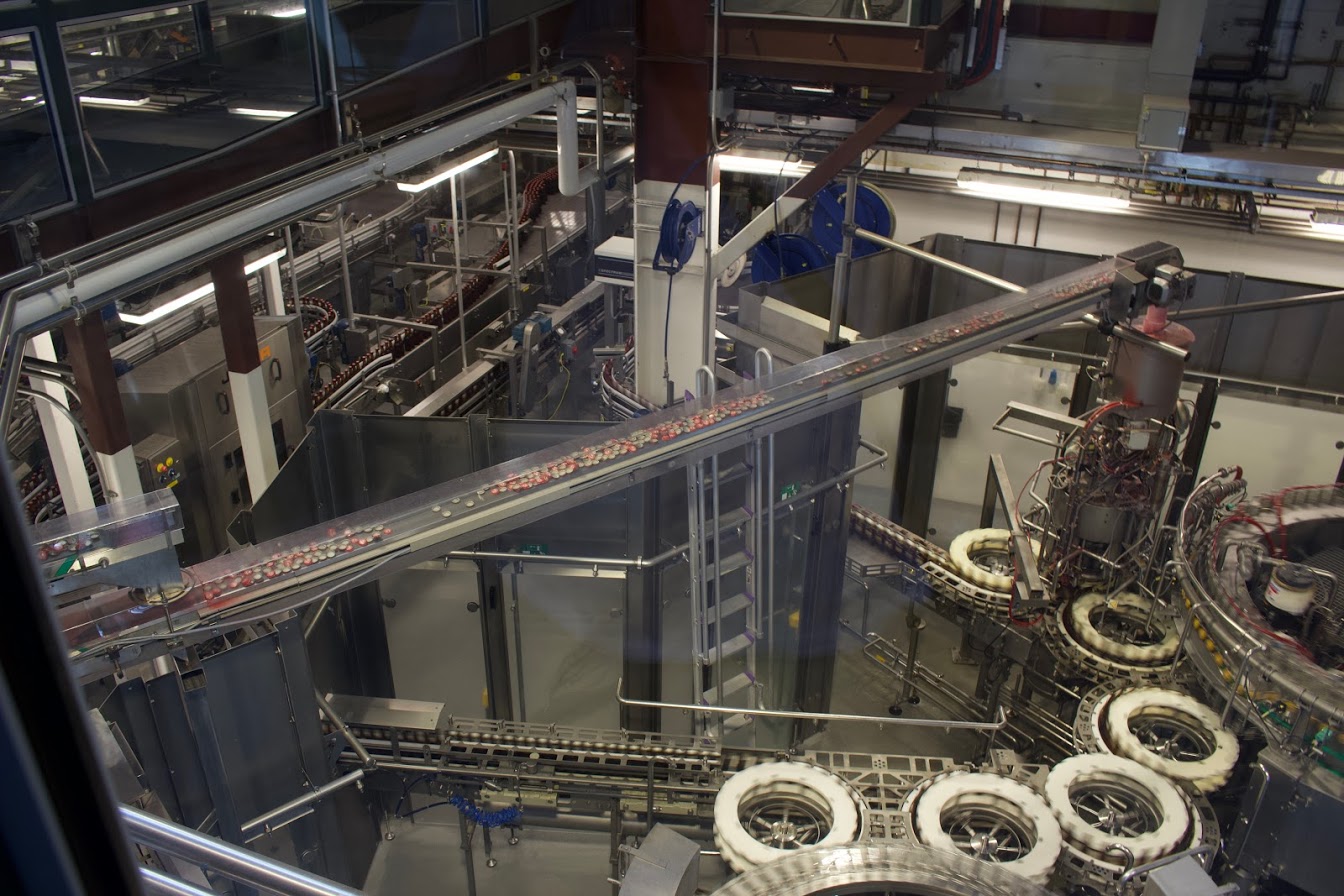
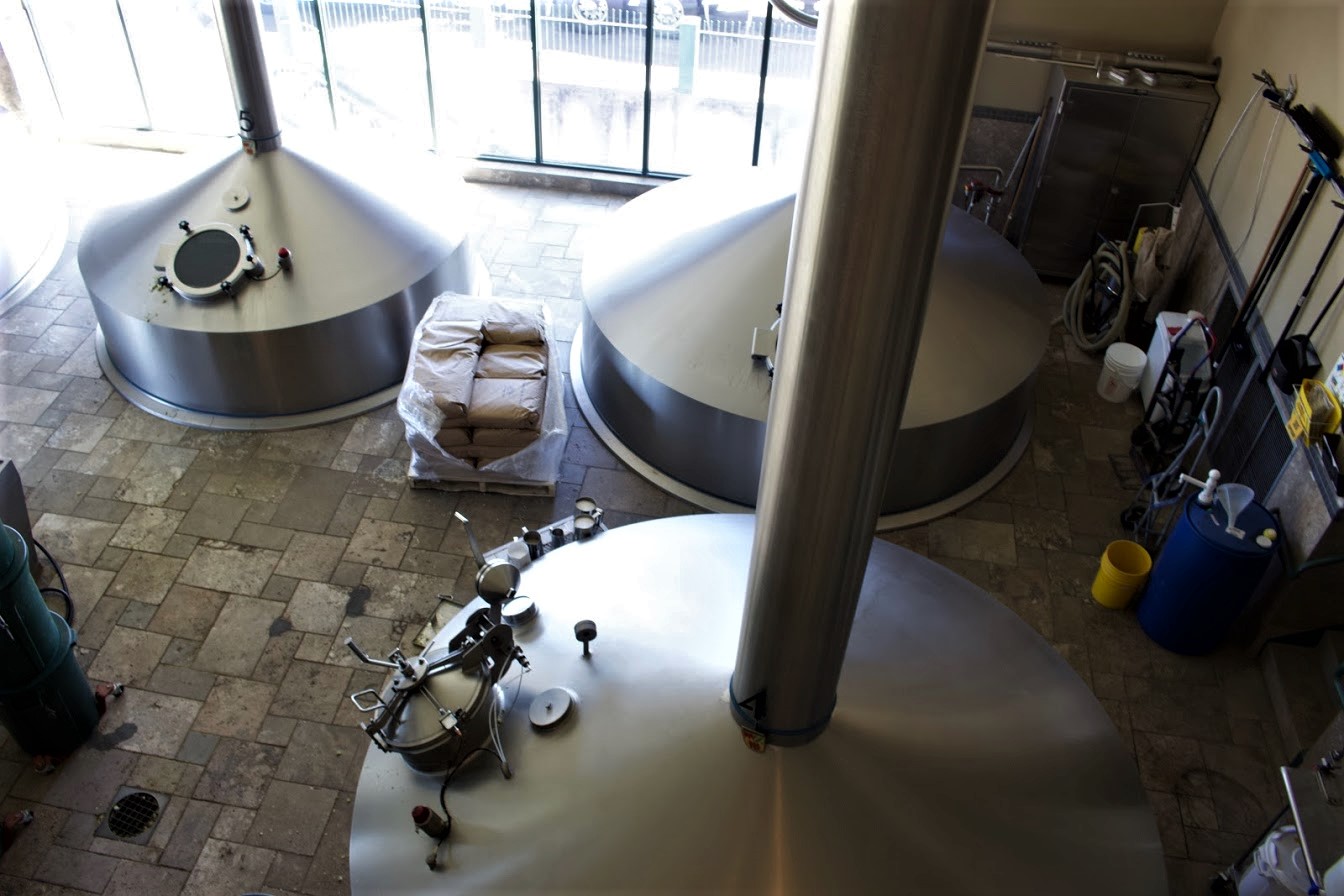
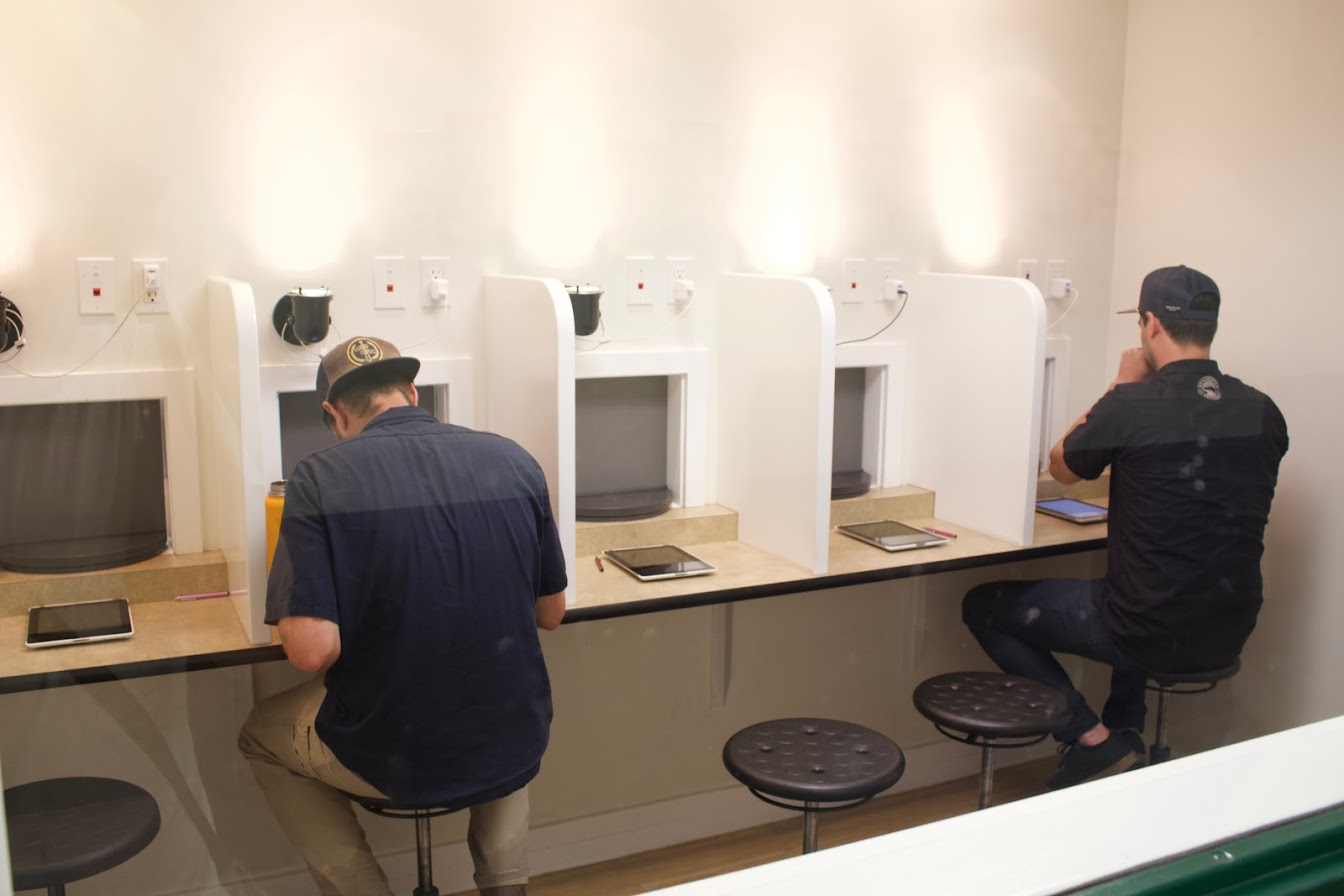
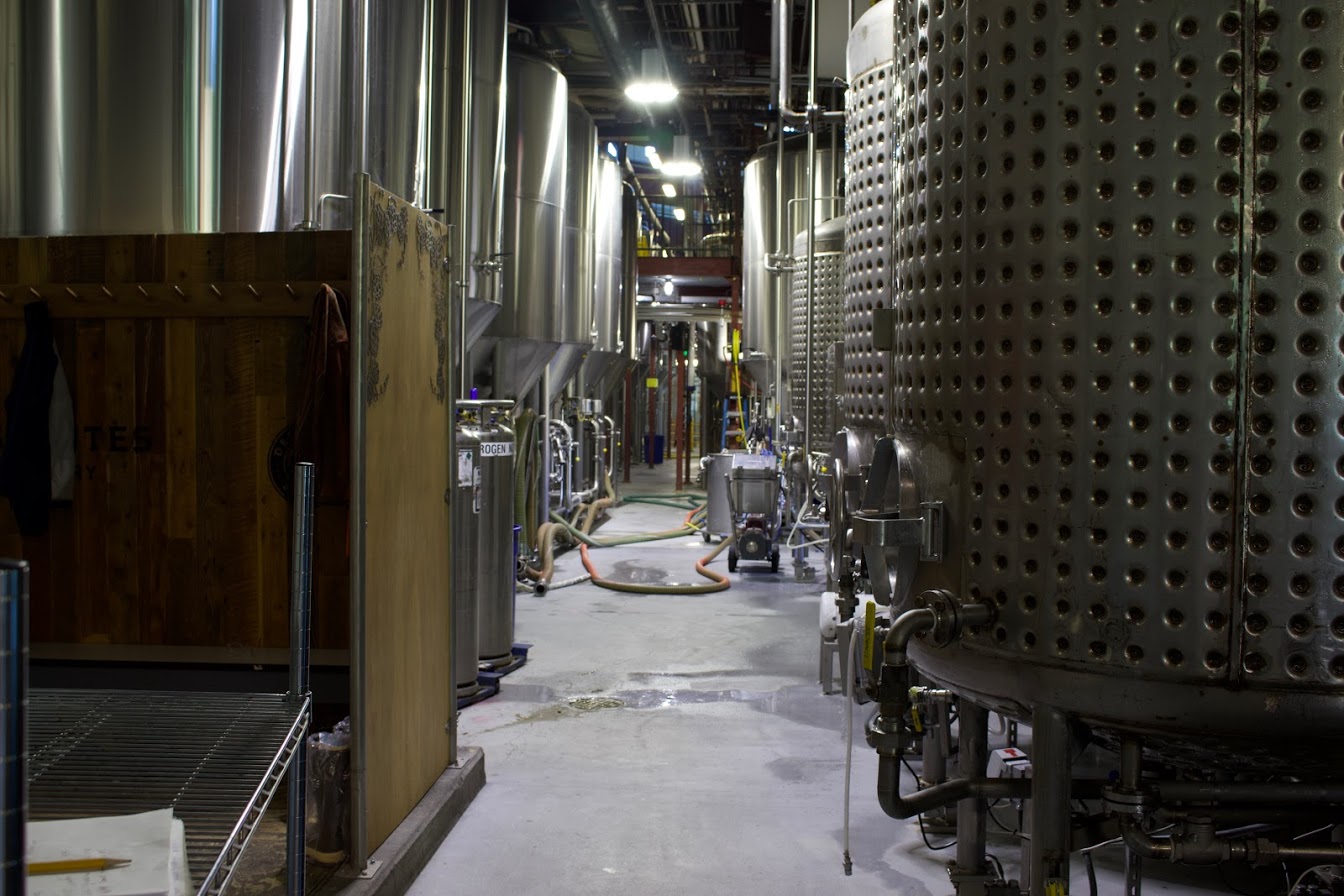
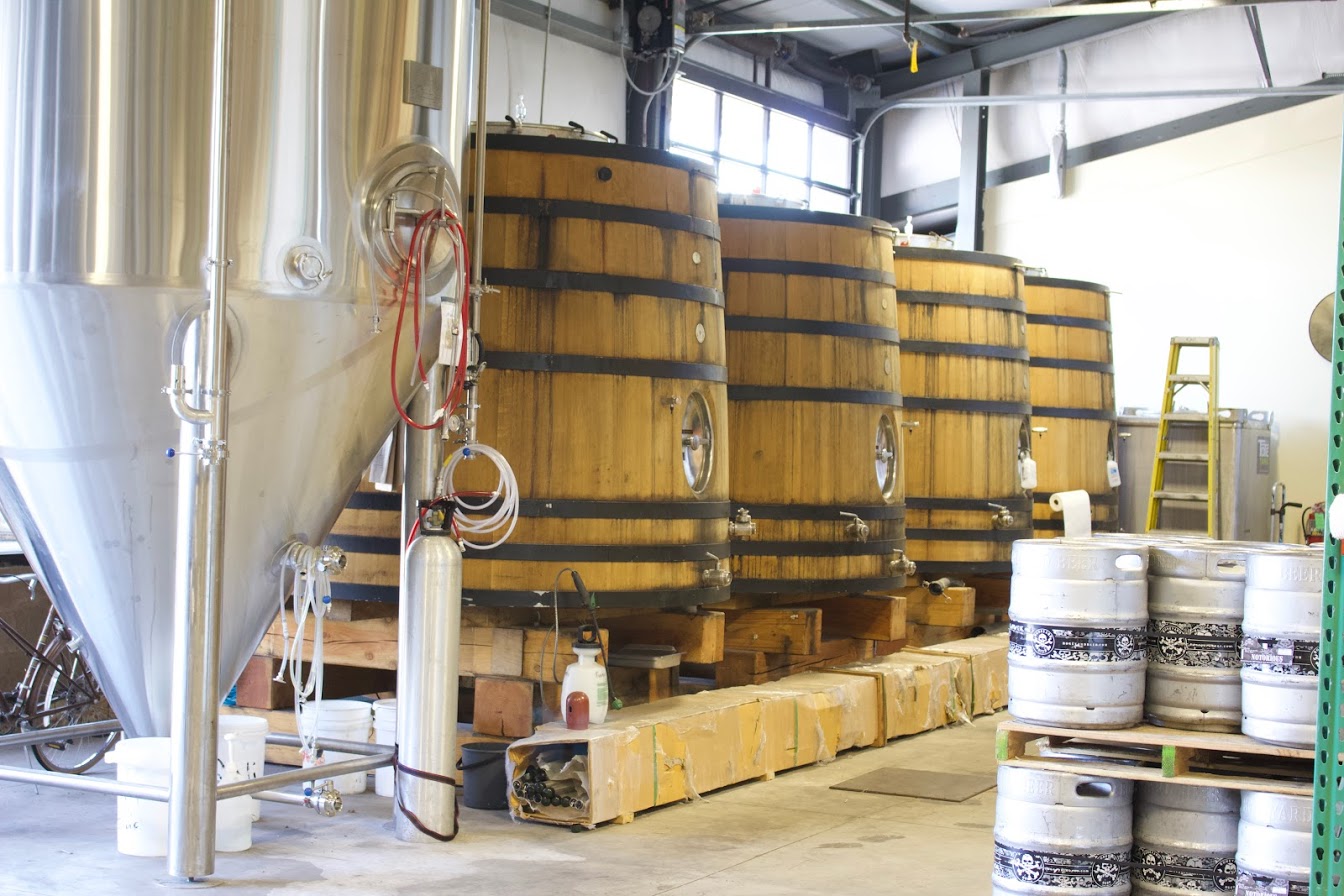
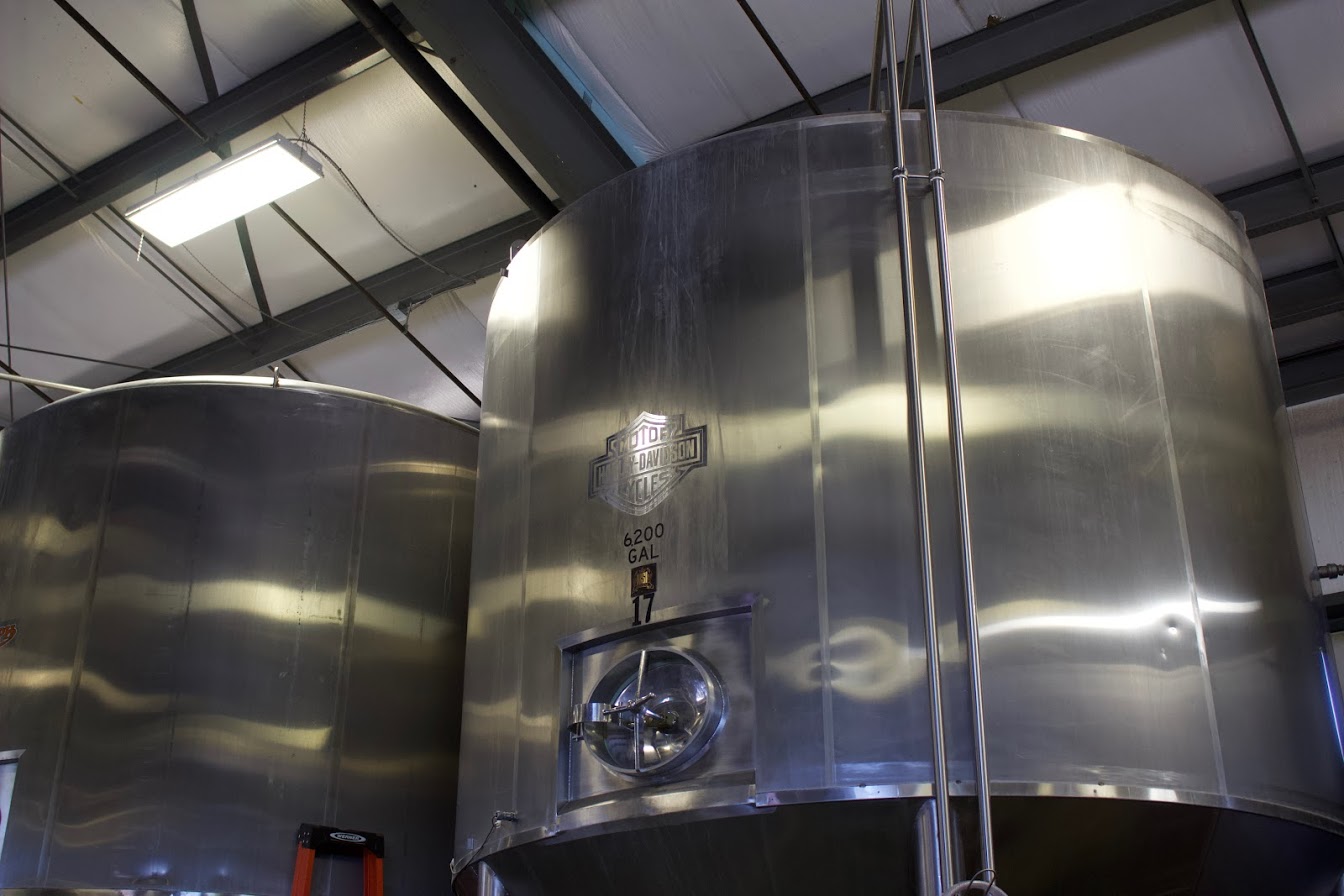
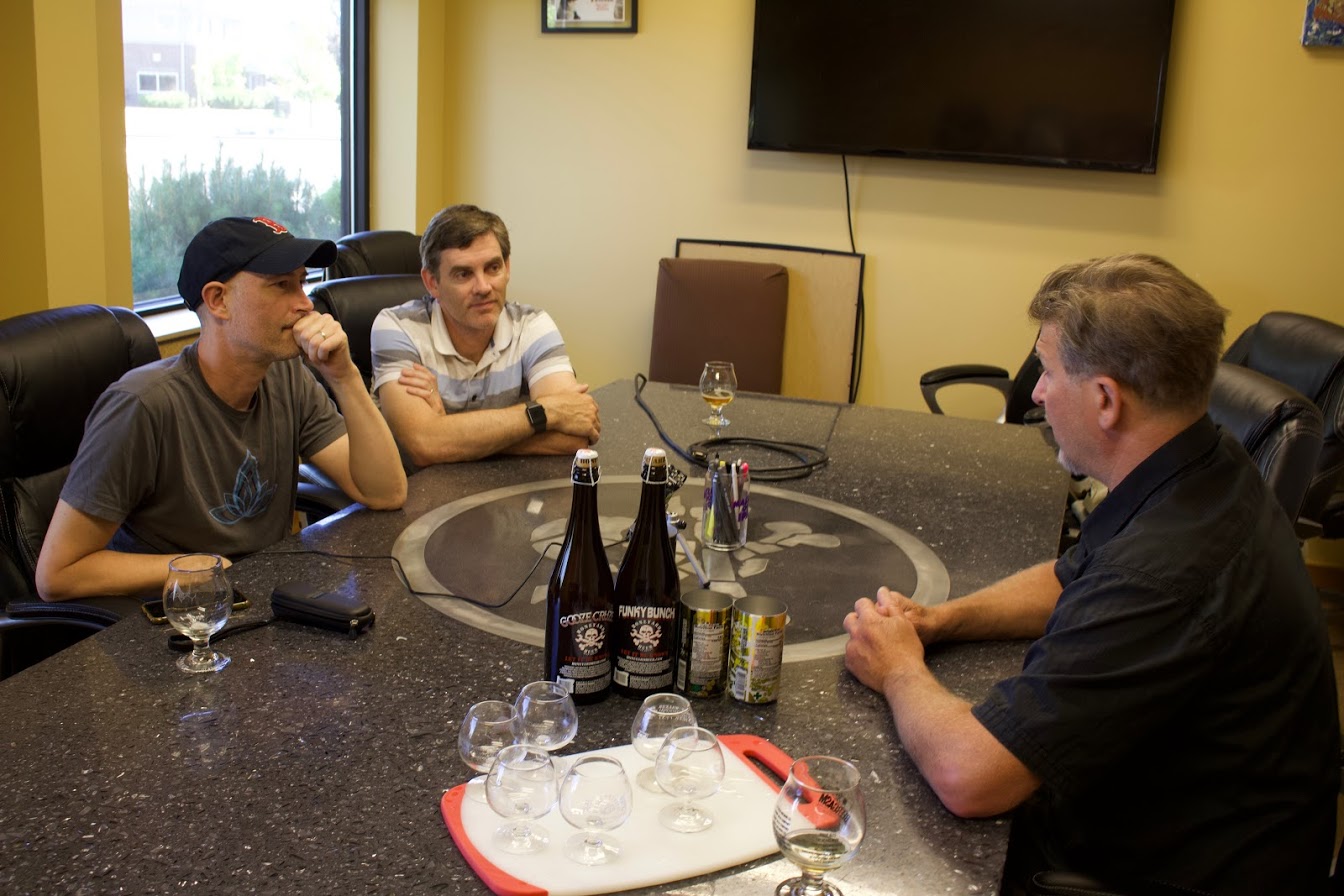
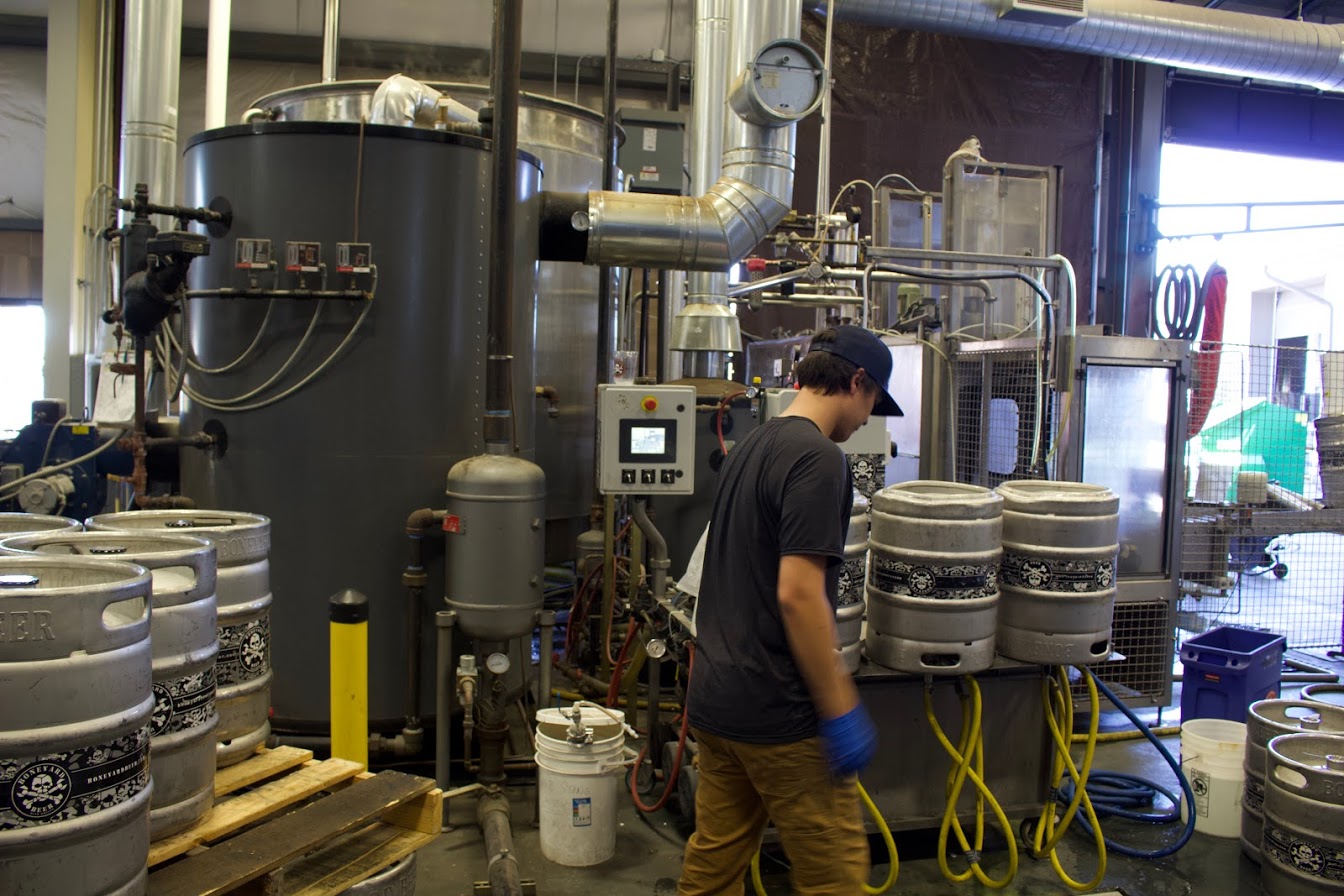

PHOTOS: All slideshow photos were taken by Simon Emerson.